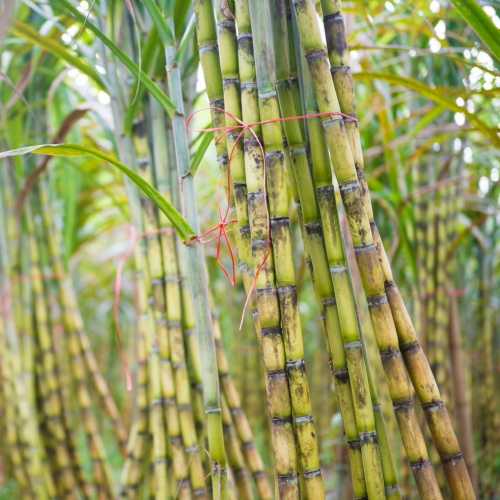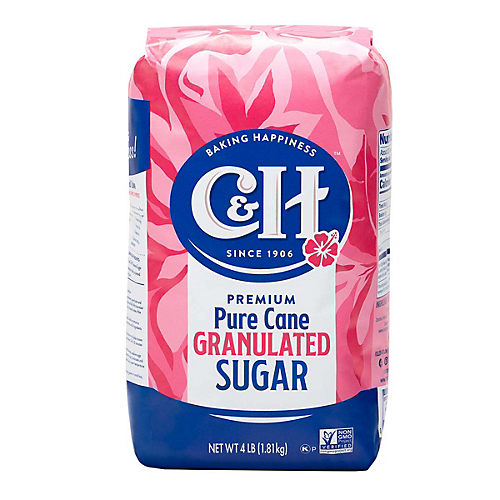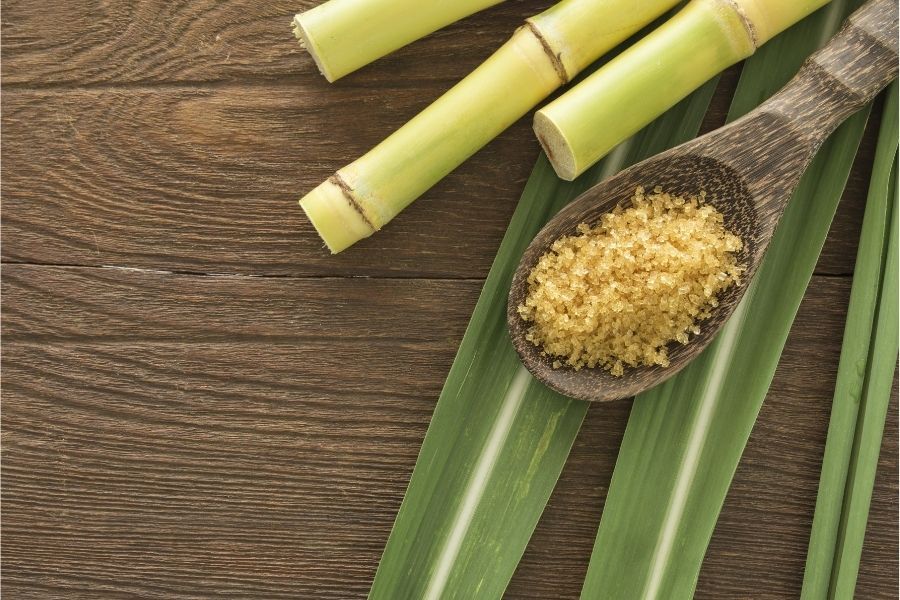Cane Sugar Processing: Conventional Techniques and Modern Innovations
Cane Sugar Processing: Conventional Techniques and Modern Innovations
Blog Article
Exploring the Comprehensive Tips Associated With Cane Sugar Handling From Gathering to Improvement
The process of walking stick sugar manufacturing includes a collection of elaborate actions, beginning with the mindful harvesting of sugarcane and culminating in the improvement stages that guarantee the last product fulfills market standards. Each stage, from the removal of juice to the filtration and condensation procedures, plays a critical role in establishing the quality and personality of the sugar.
Collecting Sugarcane
Gathering sugarcane is a critical action in the cane sugar processing chain, as it directly influences the high quality and yield of the end product. Proper timing and methods are necessary during this phase to ensure ideal sugar content and lessen losses. Normally, sugarcane is gathered when it reaches maturation, generally 12 to 18 months after growing, identified by a high sucrose focus.

Post-harvest, the sugarcane needs to be processed swiftly to stop sucrose deterioration. Preferably, harvested cane ought to be transported to refining centers within 24 hours to protect sugar high quality. Therefore, reliable logistical planning is critical to preserve the integrity of the harvested crop throughout the supply chain.
Removal Process

The smashed walking stick is subjected to a series of pressing operations to make the most of juice healing. Usually, warm water is splashed onto the crushed walking stick, creating a countercurrent circulation that helps liquify the sugar while also aiding in the extraction process. The juice gathered from this procedure consists of not only sugar yet also numerous organic compounds and impurities.

To improve extraction efficiency, some centers might utilize diffusion approaches, where the sugarcane is soaked in warm water, allowing the soluble sugars to diffuse right into the liquid. The resulting juice, rich in sucrose, is then directed to succeeding handling stages, laying the foundation for filtration and refinement. The removal process is thus essential in establishing the top quality and yield of the last sugar product.
Filtration Techniques
The filtration methods utilized in cane sugar processing are vital for transforming the raw juice right into a high-quality sugar item. These approaches primarily aim to get rid of pollutants, such as dirt, plant materials, and inorganic substances, which can negatively affect the end product's taste and shade.
This process entails including lime and warmth to the raw juice, which promotes the coagulation of impurities. Additionally, the use of phosphoric acid can improve the clarification procedure by more binding pollutants.
One more significant technique is carbonatation, where co2 is presented to the made clear juice. This response generates calcium carbonate, which records staying impurities and promotes their removal.
In addition, activated carbon treatment might be put on adsorb any type of continuing to be colorants and natural contaminations, guaranteeing an extra refined item. The combination of these techniques effectively prepares the sugar juice for succeeding steps in the refining process, establishing the stage for the manufacturing of top get redirected here notch walking stick sugar.
Condensation Approaches
After the purification phase, the following crucial action in walking cane sugar handling involves condensation methods, which play a crucial duty in changing the made clear juice right into strong sugar. This process typically utilizes over here two main techniques: spontaneous formation and regulated condensation.
In spontaneous formation, supersaturated sugar solutions are enabled to cool down normally, resulting in the formation of sugar crystals over time. This approach is less complex yet may cause uneven crystal sizes and reduced pureness levels. On the other hand, controlled condensation is a more accurate technique where concentration, seeding, and temperature agents are diligently handled. This approach permits the uniform growth of sugar crystals and greater pureness.
Throughout condensation, the cleared up juice is focused with dissipation, raising its sugar content up until it gets to supersaturation. As soon as this factor is attained, either approach can help with the formation procedure. Cane Sugar Processing. The resultant sugar crystals are then divided from the continuing to be syrup through centrifugation
Ultimately, the choice of formation technique impacts the top quality, dimension, and purity of the last sugar product, making this step necessary in the overall cane sugar processing procedure.
Improvement and Product Packaging
Exactly how can the purity and top quality of walking stick sugar be additionally enhanced after condensation? The refinement process plays a critical function in attaining high-grade walking stick sugar.
Next, the sugar goes through a procedure called centrifugation, where it is rotated at high rates to divide the detoxified sugar crystals from the remaining fluid. After centrifugation, the sugar is frequently additional improved via a technique called carbonization or phosphatation, which makes use of turned on carbon or phosphoric acid to remove shade and off-flavors.
Once fine-tuned, the sugar is dried to attain the preferred wetness content, making certain that it continues to be steady throughout storage space and transportation. The final step involves packaging the polished sugar in impermeable and moisture-proof containers to maintain its high quality and avoid contamination. Cane Sugar Processing. Appropriate packaging not just extends service life yet additionally assists in very easy handling and distribution, ensuring that customers obtain sugar that fulfills the highest requirements of purity and high quality
Conclusion
The extensive steps involved in cane sugar processing, from the meticulous harvesting of sugarcane Find Out More to the intricate improvement and product packaging stages, emphasize the value of each phase in guaranteeing high-grade sugar production. Ideal harvesting strategies, reliable removal techniques, and extensive purification procedures collectively add to the final product's pureness and stability. The condensation and subsequent product packaging practices further boost the honesty and shelf life of the sugar, highlighting the intricacy and accuracy fundamental in this necessary agricultural market.
The process of walking cane sugar manufacturing encompasses a series of intricate actions, beginning with the careful harvesting of sugarcane and finishing in the improvement phases that guarantee the last product fulfills industry criteria. Preferably, harvested walking stick must be transferred to processing centers within 24 hours to preserve sugar high quality.In spontaneous condensation, supersaturated sugar options are allowed to cool normally, leading to the development of sugar crystals over time - Cane Sugar Processing. The refinement procedure plays a crucial duty in achieving high-quality cane sugar.The extensive actions entailed in walking cane sugar handling, from the precise harvesting of sugarcane to the intricate improvement and packaging phases, highlight the value of each phase in making sure premium sugar production
Report this page